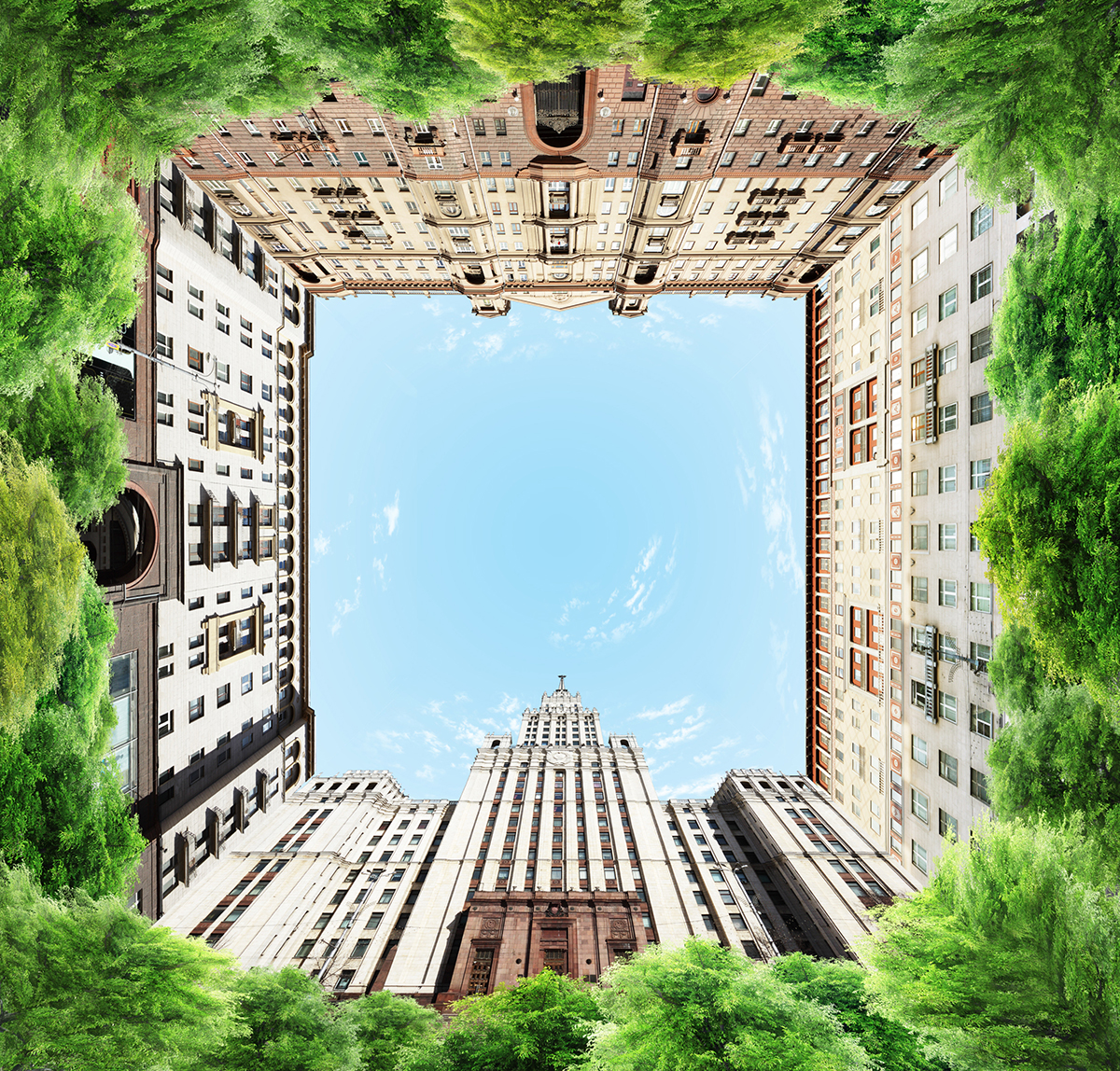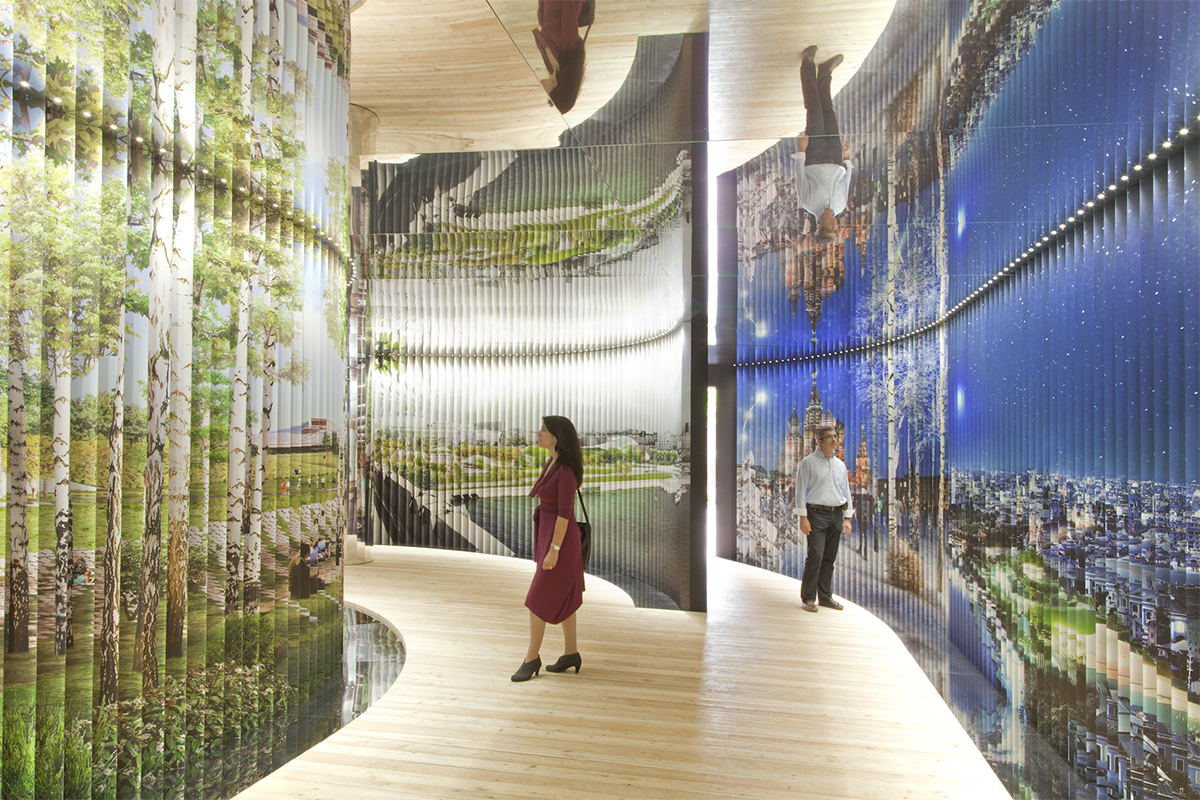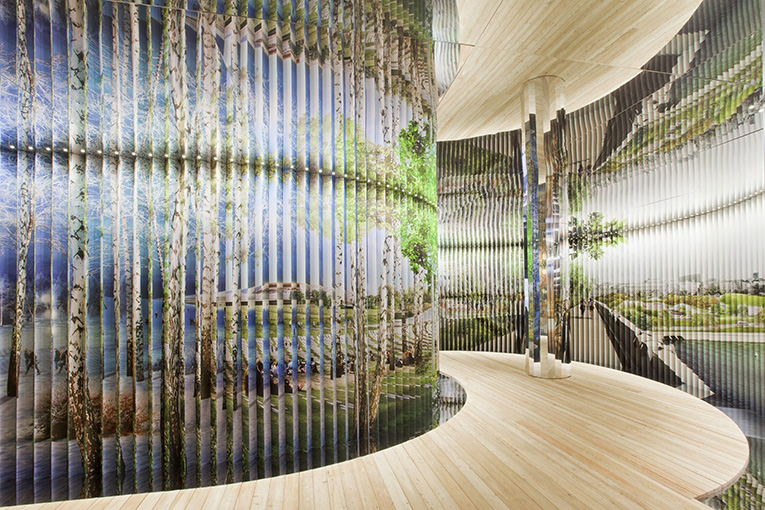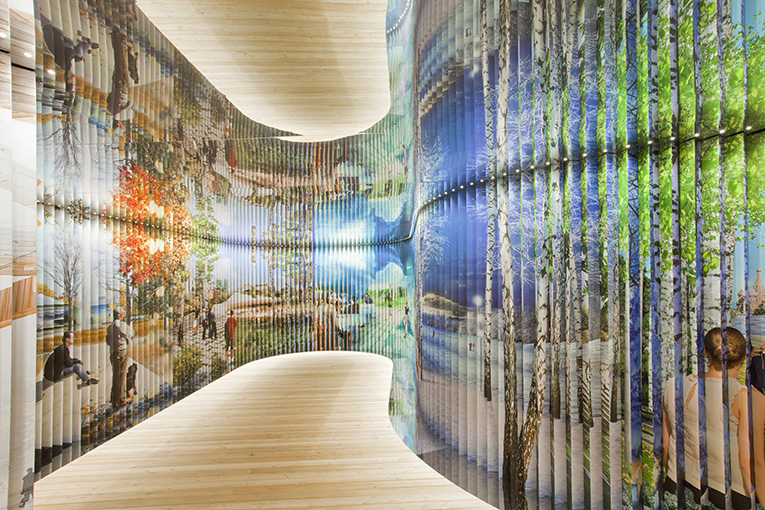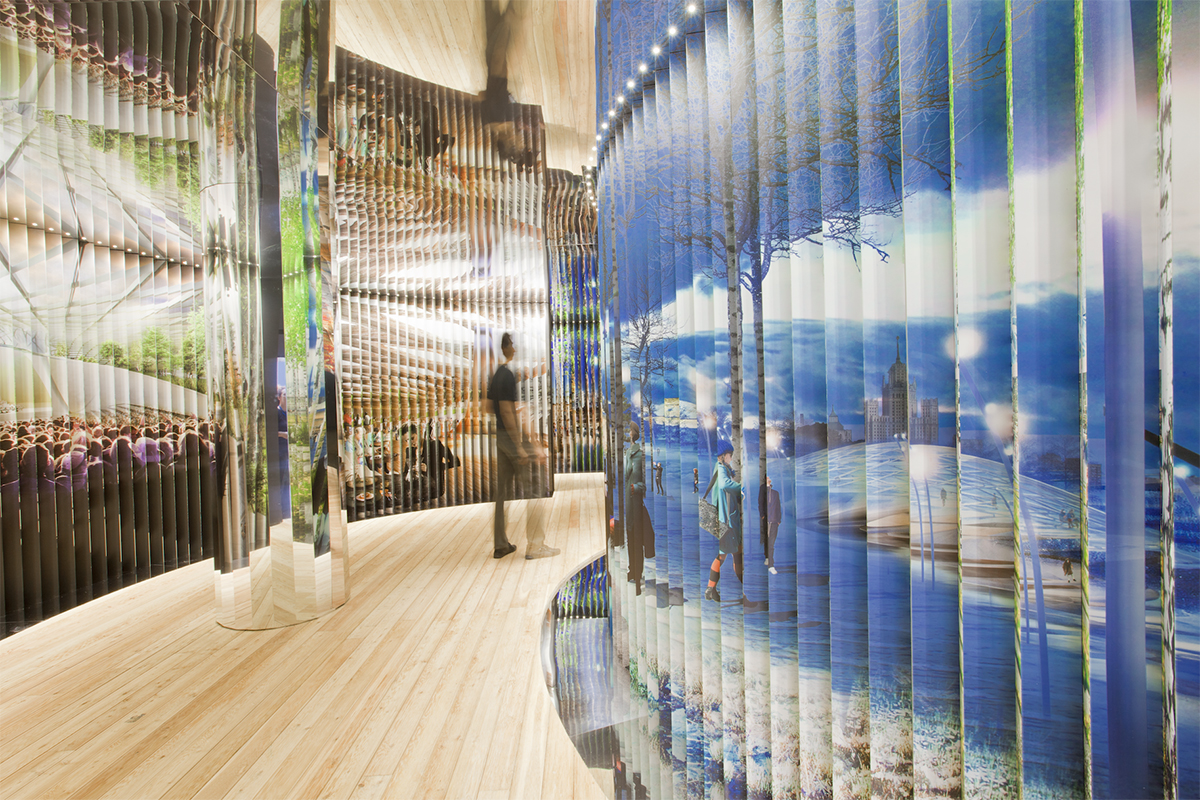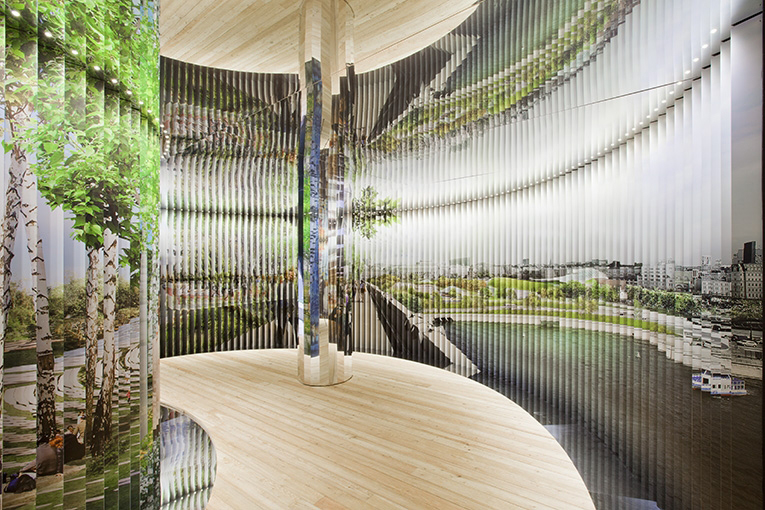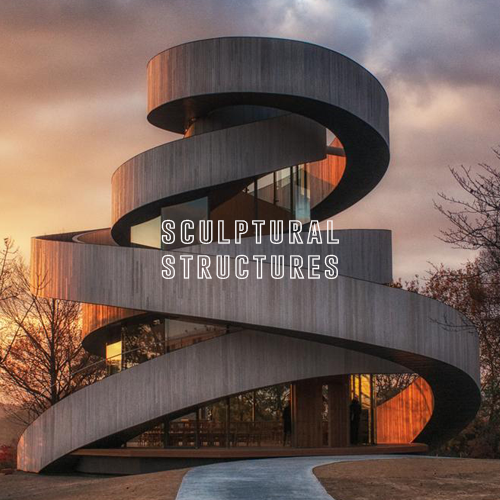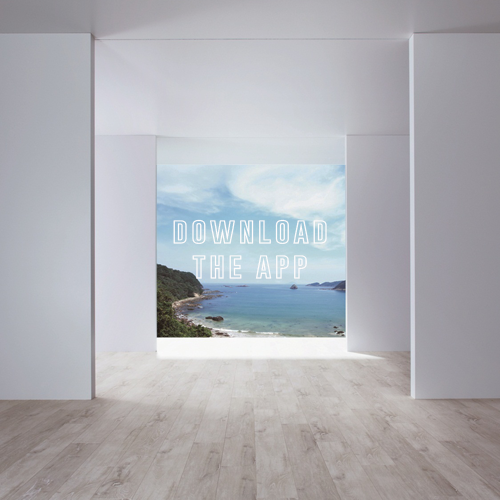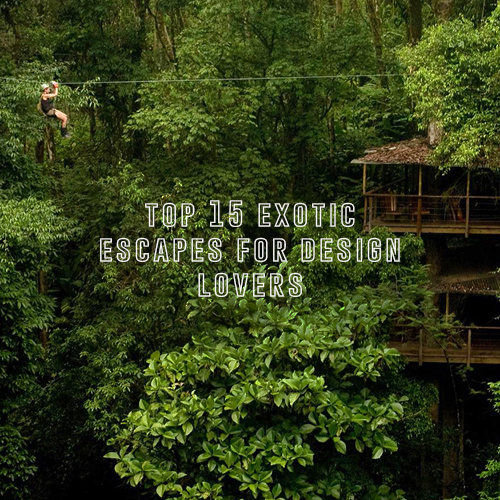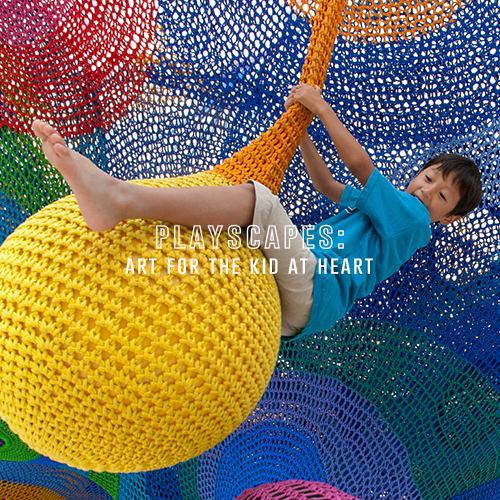A Moscow Memoir: Russia's Retrospective at the Venice Biennale Architecture Exhibition
/Spotlight: Recent, significant shifts towards a modern infrastructure in Moscow makes Russia's Moskva installation - part of the 14th Venice Biennale architecture exhibition - a calling card for Russia's rebranding as a center of global and innovative design.
For an international affair like the Venice Biennale's Architecture exhibition, influential designers and architects who shake up the fabric of cities worldwide are paying attention. How then, approach a retrospective of architecture for a city? Showcase cultural identity through the details, influences, and designs which speak a specific national or ethnic culture? Or perhaps dress up a country's brightest progeny, throwing in their lot amongst the world's best? Moscow set a tripartite team to the task: The city's chief architect and former Biennale curator, Sergey Kuznetsov, architecture expert and curator Kristin Feireiss, and RDI founder and philanthropist Dmitry Aksenov. This powerhouse group sought to create a tribute to Moscow as a mirror, reflecting the culture of the city through elemental shifts in architecture. It is only appropriate that they chose a retrospective for 2014's exhibition theme, FUNDAMENTALS, the international exhibition allowing an influential platform for architects and designers to showcase new projects and let loose their conceptual boundaries.
What do we think of when we call to mind Moscow? Saint Basil's Cathedral, perhaps, with its multi-hued domes, the red-brick fortifications of the Kremlin, or the stark façades of Cold War housing projects. Yet Moscow holds so much more, its people experiencing massive shifts that transformed architecture and design sensibility. Take the 20's, when Russia turns from its Neoclassical moorings. Moscow becomes a beacon of revolution, a new center for the proletariat - and the world watched as avante-garde pooled up in the art world and into new housing design. Constructivist architects took bold risks with buildings, punching unexpected shapes into Moscow's skyline. The era of the second world war marched in with its iconic images of victorious socialism. Classical heritage, and its conviction in hard work and the masses was championed as broad avenues and highways took down classic structures in their path. The cold war era is iconic for the severity of housing projects, and columnar apartments and businesses rising in sheathes of gray and concrete. Finally, with the collapse of Soviet power in 1991, debate and design were expanded to include (and finally recognize) the social and cultural nature of a global city. The Moskva exhibition hopes to place its thesis for this contemporary design culture in the new Zaryadye Park, "based on the connective tissue that is the public spaces." How they become and represent "contemporary metropolis identities" following the curtailing of artistic innovation in the Stalin era forms the conclusion of the retrospective, yet informs the overall spirit with which the exhibition was designed.
There is a real commitment in this retrospective to looking forward, perhaps best exemplified in corollary conference "Between Architecture - Public Space and the Urban Commons." Bringing together scholars and artists alike to discuss Diller Scofidio + Renfro's winning Zaryadye Park design, the conference seeks to unravel the core of urban public space, and its role in the fabric of global cities. It's fitting then, that the exhibition, while serving as a retrospective, actually equalizes images of buildings throughout the century. A black-walled tunnel takes visitors through a timeline in which historical images are multiplied, bordered with foliage, and stretch up in lofty four-sided lightboxes. There is perhaps a little too much grandeur and iconic importance ascribed here, but then again this exhibition is more than just a showpiece. It reconstructs the image of Moscow and point visitors towards a now - arguably - contemporary city, though one with a tough skin. Having experienced so much change, through unrest and political change, it is refreshing that the exhibition - housed in Venice's Santa Maria della Pietá - empties out into a spare, Renaissance courtyard. Low, concrete sculptures rise in simple faceted patterns amidst a cool grass, a reference perhaps to the gray
modernism of cold war architecture. Surrounding the courtyard are short walls, planted like skinny bones of the myriad trees that are printed onto their surface. Here, visitors can sit and reflect on endless groves of snow-clad birch, the symbol of Russian nature and beauty, and an enduring presence and symbol through Moscow's many transformations.
Project designed and curated by Sergey Kuznetsov, Kristin Feireiss, and Dmitry Aksenov with support from RDI and the Committee for Architecture and Urban Planning of Moscow City
